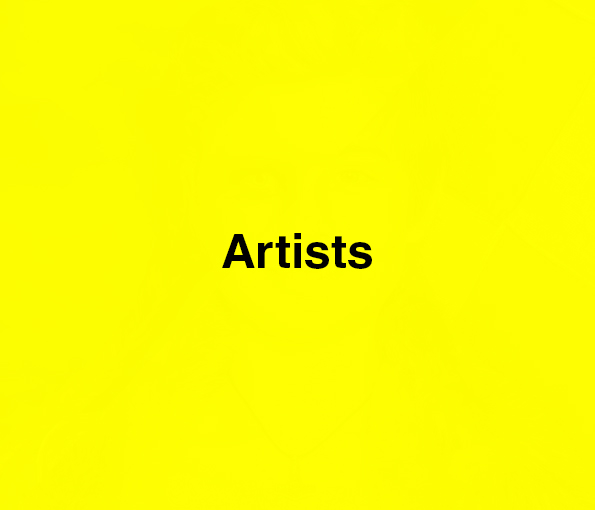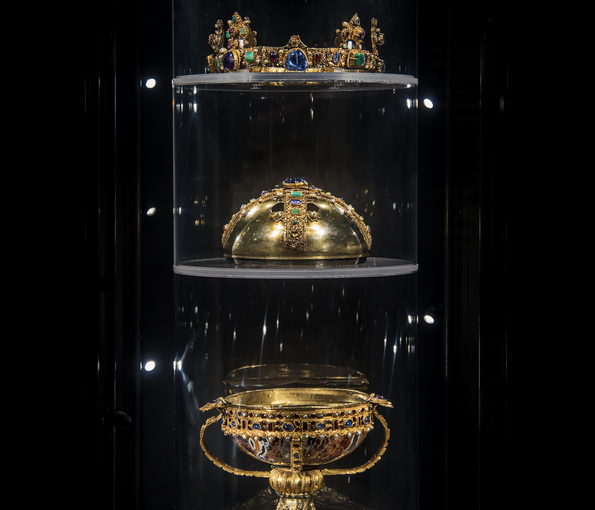Elisabeth Bucht
Elisabeth Bucht (born 1975 in Sweden) is a craftsperson as well as a textile and street artist. As the street artist “Garnapa” (yarn monkey) she has created several installations in the public space. For History Unfolds she takes on one of the museum’s epic monuments, allowing it to enter into a state of introversion and define its own identity.
Möte med lejon
Crocheted one-piece, 2016
The antique marble lion stood in Piraeus port in Greece and was taken as war booty by Venetians at the end of the seventeenth century. The runes from the Viking era were discovered by a Swedish diplomat in the eighteenth century. A copy of the lion was produced in the 1890s and it eventually ended up in the entrance hall of the Swedish History Museum. The interpretation of the runes has changed over time but they have always served the same purpose: to show that Vikings were cosmopolitans who sailed across the world leaving traces in their wake.
Elisabeth Bucht is interested in the old lion that has probably experienced a great deal. She reflects on its meaning, which has changed over time but has always been linked to grandiose masculinity and stories of power. The lion also tells of the work of hands – the craftsmen’s hard work in carving the original lion, which in turn someone else has copied, repaired, moved, as well as the hammering, engraving hands of Vikings.
The runes on the flank of the lion are like an involuntary tattoo, a meddlesome act committed on a figure unable to protest. Elisabeth Bucht places soft material side-by-side with the hard without hammering or carving, or achieving any other permanent change. The stone and the plaster next to the wool and the yarn. What does a soft monument signal? With Bucht’s warming outfit it gains another layer of meaning.
The woollen tread clothes the lion, like the thermal blankets that we lay over present-day people in flight. Like a superhero outfit on a sculpture that is finally allowed to show its benign gaze. Like a monument to remind one that times will always change. New interpretations can emerge. Our future is not a narrative about national power or an ‘us’ against a ‘them’. Our future is a warm, crocheted blanket that takes both time and space and under which there is boundless space for all.
My identity lies in
your gaze
changes
every time you blink

